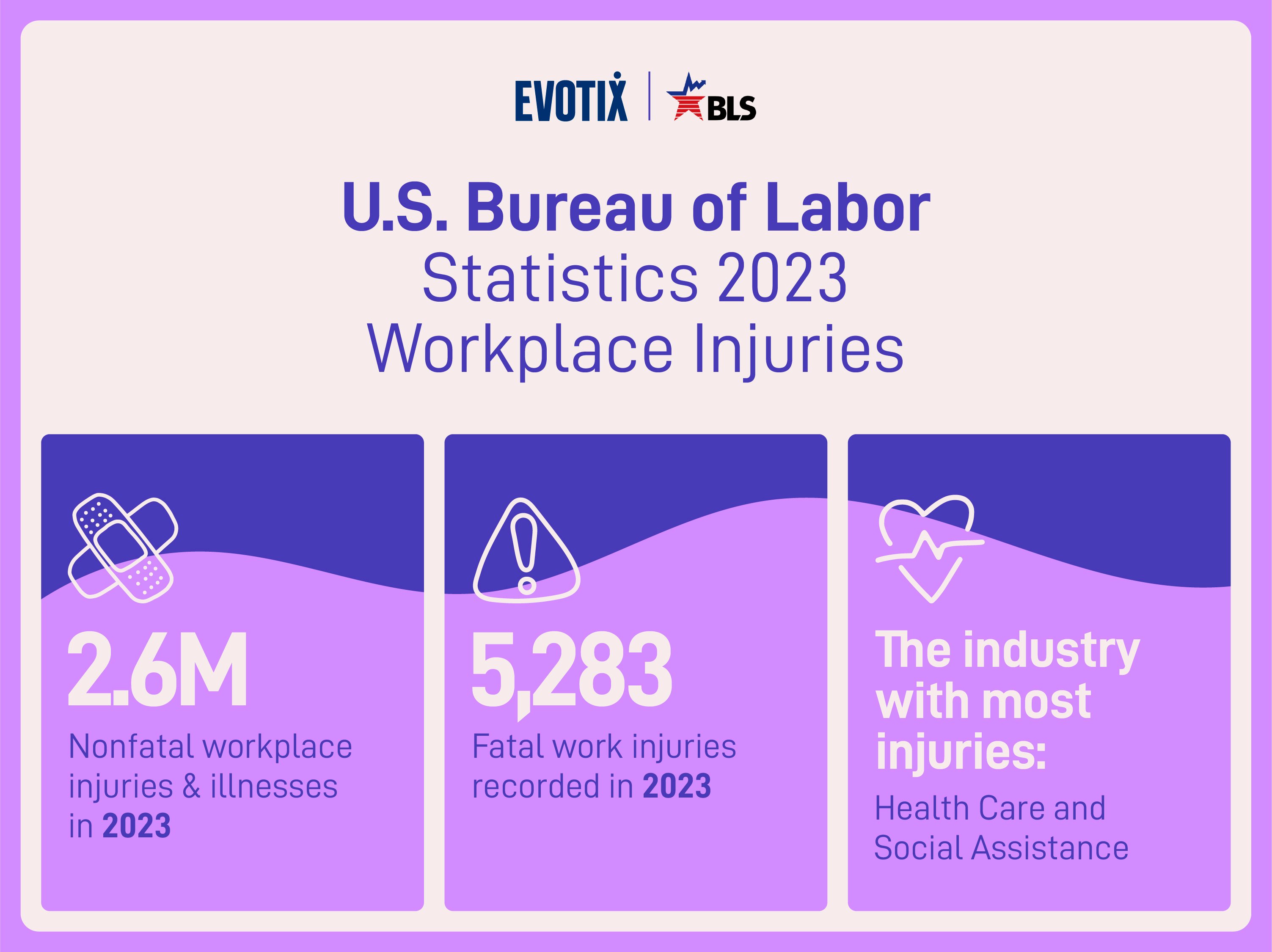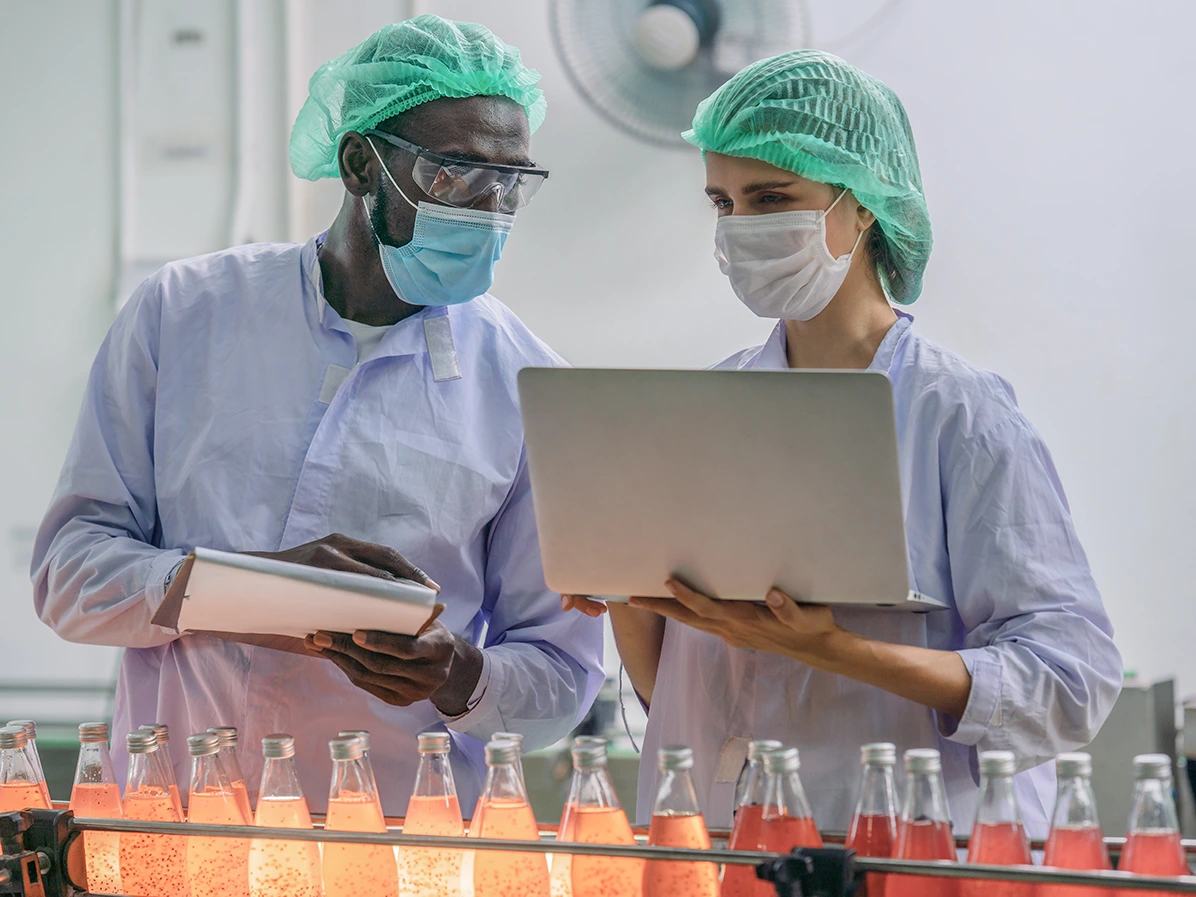Contents
Why You Should Care About the Bureau of Labor Statistics
20 December 2021
It’s that magical time of year again. A time of insight; a time of recollection; a time of lagging indicators; a time of Bureau of Labor Statistics (BLS) injury and illness information. The data is released annually, towards the end of the year, and provides valuable guidance into various detailed injury and illness data.
After what organizations have experienced with the global pandemic over the past year, I was interested to see what the data revealed. It’s additionally fair to remember, the accuracy of the illness portion might not be 100%, but with the adverse effects of COVID and the pandemic as a whole, we are still able to garner many insights.
Let’s begin with the actual number of nonfatal workplace injuries and illnesses reported: 2.7 million. According to BLS, that’s roughly a 5% reduction from 2019’s 2.8 million. Furthermore, the incidence rate of total recordable cases (TRC) in private industry was 2.7 cases per 100 full-time equivalent workers. If we decipher this number, we can see a breakdown of injury versus illness, which equates to 2.1 million nonfatal injuries vs. 544,600 cases of illnesses. Now let’s compare these two numbers to previous years and see what we can determine. 2.1 million nonfatal injuries in 2020 was a ~600k reduction in injuries from 2019, which is great. Conversely, illnesses more than quadrupled from 2019 (~127k versus ~545K cases). Reported respiratory illness cases drove this increase, being up roughly 4,000% from 2019.
Now, putting this information into perspective, what does all this mean? Over the last two years, we have been in the midst of a global pandemic that has kept many people from work. In theory, the direct result would be fewer injuries from the workplace, which reflects what the data suggests. On the contrary, we have seen illnesses skyrocket, which makes sense from the impact of COVID. Furthermore, the actual number of illnesses is probably higher than reported due to various disruptions.
So, how does this help us improve within our own organizations?
Every year, BLS puts together this data which sheds a light on what is impacting organizations of all types. Albeit it isn’t “preventative,” it can enable organizations to be preventative. For example, what did COVID show us? Amongst many things, a couple of crucial elements come to mind: lack of infection control program management and the correlation of on and off-the-job health and safety. With fewer people working, it’s good to see fewer injuries in the workplace, but more illness is alarming.
Moving forward, we must be ready and establish better cadence which can reduce the spread of illnesses in, and out, of the workplace. The more focus put on health and safety, whether at home, in the community, or at work, the healthier and safer we will be in all those realms. All three of these are intertwined together, and no matter how often we overlook it, each directly affects the other. There is plenty more to glean from the BLS data, but always remember, improving organizational health and safety is not an end-game; it’s a continual journey, that is constantly evolving.

Global EHS Specialist
Langdon Dement is a Global EHS Specialist at Evotix where he coaches organizations in general health and safety, ergonomics and change management with leadership. Dement is a Certified Safety Professional (CSP) and holds a master's in occupational health and safety from Murray State University. He is also a member of the American Society of Safety Professionals and the American Industrial Hygiene Association. He is renowned across the industry for his expertise in organizational EHS transitioning and development of EHS software solution tools. Dement is also the host of the popular health and safety podcast, “Two Bald Guys Talking Safety.”
RELATED BLOGS

Bureau of Labor Statistics Releases 2023 Fatal and Nonfatal Injuries and Illnesses Report
16 January 2025 - Langdon Dement
The start of a new year offers the perfect opportunity for reflection. It's a chance to celebrate progress, assess past challenges and identify areas for improvement. As EHS professionals, we take..

OSHA's 2024 Hazard Communication Standard: What You Need To Know
5 June 2024 - Langdon Dement
Once again, the United States is in the wake of a major change - a change that has been anticipated for three years and is bound to create a stir for organizations. A change that is believed to..

How health and safety drives operational excellence
15 April 2021 - Langdon Dement
How often have you sat in management meetings, or spoken with other HSE professionals, and heard the words, ’operational excellence’ being spoken? Whether it’s talking about your own organization or..